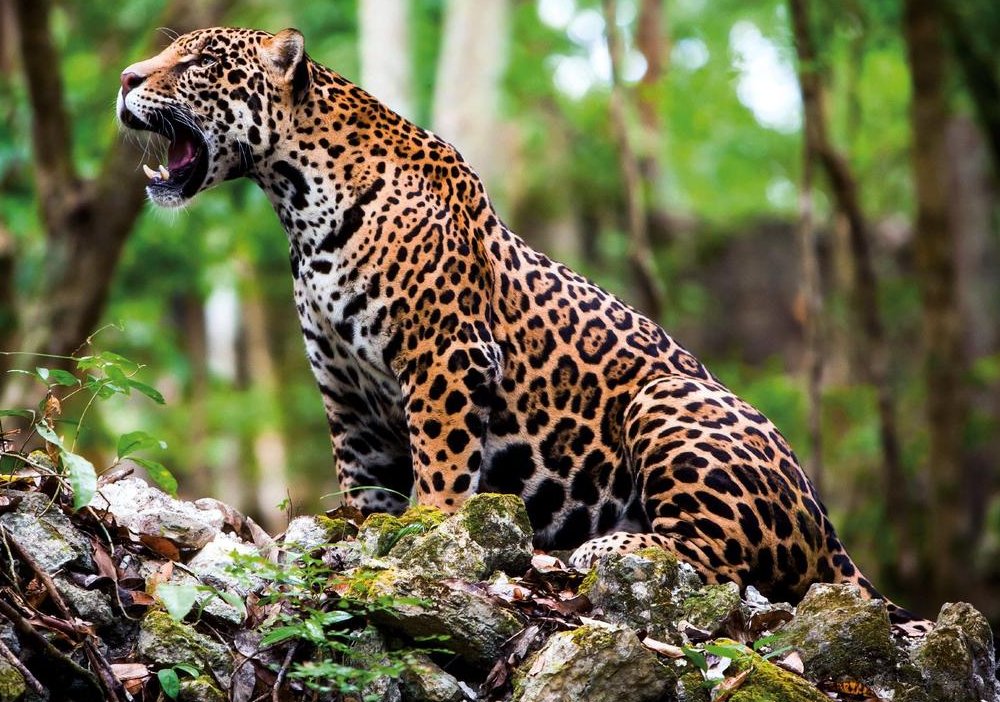Jaguar Conservation in Panama: Revealing Results from the First National Census

Panama is home to an estimated population of 270 jaguars in its eastern region, according to preliminary data from the first Jaguar Census conducted in the country. This census is part of a joint effort between the Ministry of Environment (MiAMBIENTE), the Fundación Yaguará Panamá and UN Environment, within the framework of the GEF 7 project, focused on the conservation of wild felines and their prey, as well as on the management of conflicts between humans and jaguars.
The census, which covered approximately 2,876,915 hectares, equivalent to 38% of the national territory, included more than 30 field expeditions and the installation of 794 camera traps at 355 monitoring stations. As a result, 87,644 records of various species were obtained, including jaguars, pumas, tapirs and wild boars. Ricardo Moreno, president of the Fundación Yaguará Panamá, stressed the importance of the census for the creation of political strategies and conservation tools. “It is essential to generate policies that protect jaguars in areas where they still have healthy populations and, at the same time, evaluate strategies to recover their presence in areas where they are no longer found,” said Moreno.
The data shows that the jaguar population is healthy, although Moreno stressed the need to improve forest cover in the region. He also highlighted the importance of connectivity between key areas and collaboration with cattle ranch owners to ensure the continuity of the genetic flow of the fauna. Erick Núñez, head of the biodiversity department at MiAMBIENTE, said that these results are crucial for the formulation of conservation policies. “Having this information facilitates decision-making regarding the management and conservation of biodiversity in the country, allowing for actions such as the expansion of protected areas and the creation of ecological corridors,” said Núñez.
Consultant Antonio De La Torre highlighted the importance of the census, describing it as one of the most robust scientific works in the region in recent years. “The objective is to understand the impact of the conservation actions implemented, strengthen public policies and promote the conservation of the populations of this imposing feline,” said De La Torre.
Collaboration with local communities has been essential to the success of the census, with cattle ranch owners facilitating access to land and actively participating in the placement of camera traps and training sessions. This joint effort reinforces the importance of community participation in the conservation of the jaguar and its habitat in Panama.





